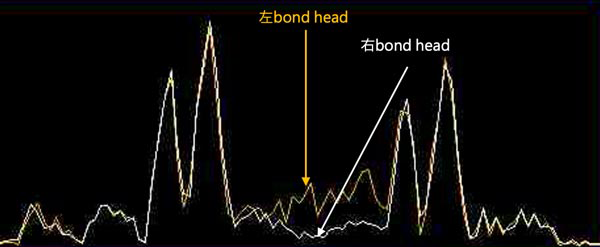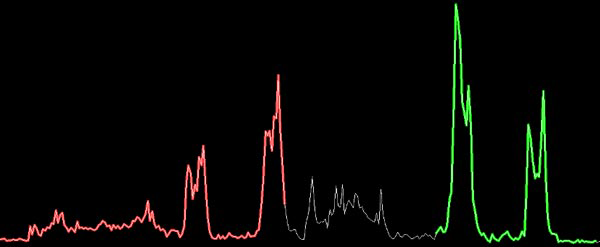Flip Chip Process: Bond Head Arm Operation Status?
Case | Flip Chip Process: Bond Head Arm Operation Status?The Bond Head is responsible for connecting the chip to the connector to achieve electrical connectivity and packaging. How can we ensure the stability of the Bond Head arm operation in the bonding machine?
Bond Head in Flip Chip Process
In semiconductor packaging, the Bond Head is responsible for connecting the chip to the connector (usually gold wires or other conductive materials) to achieve electrical connectivity and packaging. These connections are made at the micron or even nanometer scale, requiring precise force control and a high level of automation to ensure connection quality and reliability.
Bond Head Arm
The "Bond Head" used in semiconductor manufacturing is one of the key components. It is a device that accurately stacks wafers together to form multilayer structures, which is crucial in 3D IC manufacturing. The Bond Head typically includes one or more bonding points, along with control and adjustment mechanisms, to ensure stable connections between wafers. During the wafer mounting process, the Bond Head precisely places new wafers onto existing ones and uses bonding points to secure them together, requiring a high level of precision and stability to ensure the electrical performance and signal transmission quality between the stacked layers. Thus, the stability of the Bond Head arm significantly impacts product quality.

Monitoring Explanation
VMS-ML Machine Learning Intelligent Monitoring System
Using the ML system to measure, the system monitors the combined vibration dynamics in the X, Y, and Z axes during the pick-and-place and movement processes of the Bond Head. Under optimal conditions, the system learns the operational pattern and compares it with repetitive action signals to detect whether the arm is operating stably. If instability is detected, proactive measures can be taken to achieve mechanical operation quality inspection and preventive maintenance.
Measurement Conditions
Measurement Position: Sensor attached to the support platform, moving in sync with the Bond Head.


Rapid Calibration and Modeling:
Monitoring model completed within 10 seconds.

Left and Right Bond Head Detection:
Due to overlapping signals, separate sensors are required for each Bond Head.
Measurement Conclusion
The VMS-ML system can accurately learn correct operational signals and instantly evaluate and provide results. The system was tested 1,044 times with zero false alarms, proving its accuracy. Even when product changes occurred, it continued to identify actions correctly.
The VMS-ML machine learning intelligent monitoring system can identify abnormal patterns and even predict potential failures. This helps maintain smooth production operations and avoid large quantities of defective products.
VMS-ML Machine Learning Monitoring System


